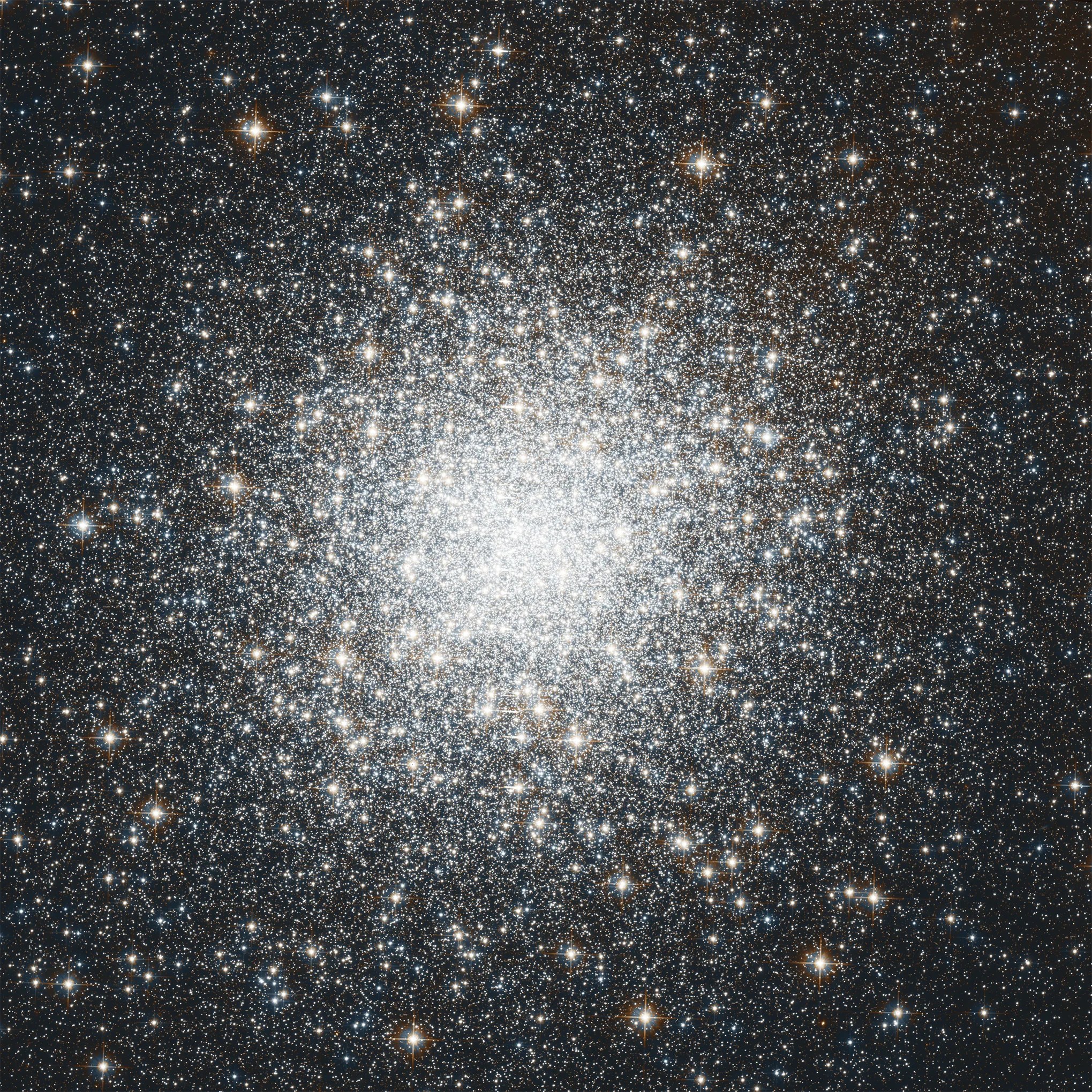Messier 66
This spiral has asymmetric arms and a core that appears to be off center.
Distance
35 million light-years
Apparent Magnitude
8.9
constellation
Leo
object type
Spiral Galaxy

In 1780, Charles Messier discovered spiral galaxy M66 along with its neighbor M65, both of which belong to the Leo Triplet of galaxies. (The third member, NGC 3628, was discovered by William Herschel in 1784 and is not included in the Messier catalog). M66 is located 35 million light-years from Earth in the constellation Leo and has an apparent magnitude of 8.9. Best observed during April, M66 can be spotted with a small telescope.
This view highlights the fascinating anatomy of M66. Because the galaxies in the Leo Triplet interact with one another, each has an effect on its neighbors’ structures. M66 displays asymmetric spiral arms and a core that appears to be off center — features likely caused by the gravitational pull of the other two galaxies in the Leo Triplet.
For more information about Hubble’s observations of M66, see:


Explore Hubble's Messier Catalog
The following pages contain some of Hubble’s best images of Messier objects.

Messier 1 (The Crab Nebula)
Better known as the Crab Nebula, Charles Messier originally mistook Messier 1 for Halley’s Comet, which inspired him to create…

Messier 2
Hubble's image of Messier 2 is comprised of visible and infrared wavelengths of light.

Messier 3
Messier 3 holds more than 500,000 stars.




